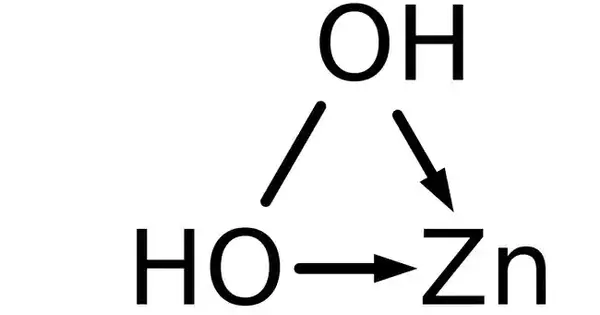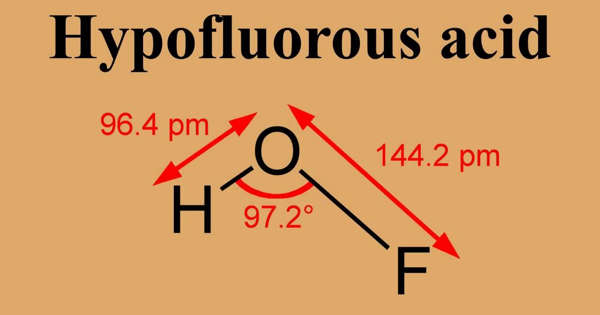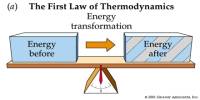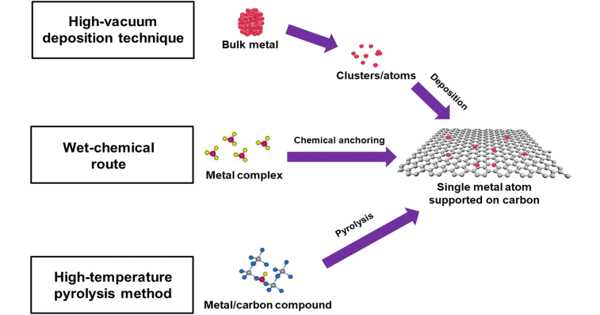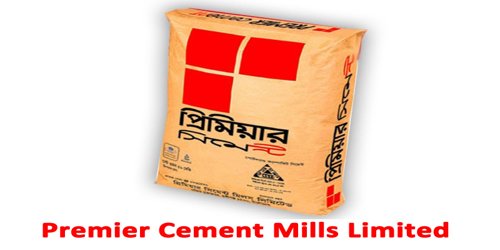At room temperature, zinc peroxide (ZnO2) appears as a bright yellow powder. It has the appearance of a white powder. Historically, it was used as a surgical antiseptic. Zinc peroxide has recently been used as an oxidant in explosives and pyrotechnic mixtures. It has been described as a transition between ionic and covalent peroxides in terms of its properties. Zinc peroxide can be produced by combining zinc chloride and hydrogen peroxide.
Zinc peroxide is a chemical compound that is used as a bleaching and curing agent, as well as an antiseptic ointment additive. It is a white, mostly inert compound that is widely used as a bulking agent or filler, as well as a white pigment. It is found in some rubber, glass, and ceramic products, and finds use in the chemical industry as a catalyst. It is also used in paints as a corrosion inhibitor and for mildew control.
Properties
- Chemical formula: ZnO2
- Molar mass: 97.408 g/mol
- Appearance: white-yellowish powder
- Density: 1.57 g/cm3
- Melting point: 212 °C (414 °F; 485 K) (decomposes)
- Acidity (pKa) ~7 (3% solution)
- Band gap: 3.8 eV (indirect)
- Crystal structure: Cubic
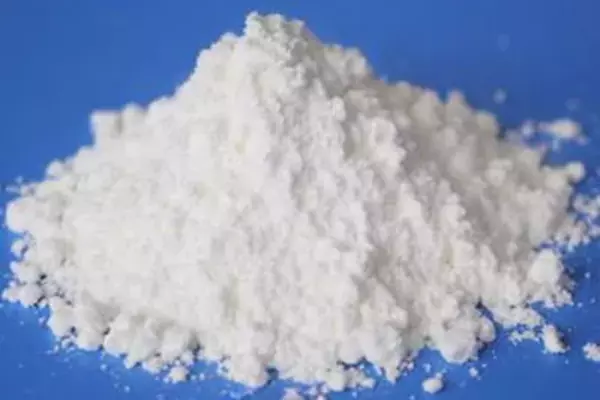
Preparation
To increase the yield of zinc peroxide, zinc hydroxide is reacted with a mixture of hydrochloric acid and hydrogen peroxide and precipitated with sodium hydroxide which also contains hydrogen peroxide. The zinc ion, unlike in the preparation of copper peroxide, does not cause the peroxide to decompose.
It is made by combining ZnO or zinc acetate with hydrogen peroxide. Its crystalline structure is cubic. In the preparation of a foamed product made of high-melting synthetic resins such as polyamides, polyolefins, polyesters, polycarbonates, ABS resins, polysulfones, and others, zinc peroxide compound is used in the blowing composition. It is a preferred accelerator in the vulcanization of polysulphide rubber to produce oil and aging-resistant rubber products such as sealants, tubes, and rollings.
Zinc peroxide may function as an oxidant and oxygen donor in compositions or mixtures containing explosive materials
Uses
Zinc peroxide is used as a rubber compounding accelerator, a curing agent for synthetic elastomers, and a wound and skin disease deodorant. It’s a curing agent and a rubber accelerator. has been used in a variety of settings, including medicine and aesthetics.
Safety
Zinc peroxide is extremely dangerous if it comes into contact with the skin, eyes, or is inhaled. If consumed in large quantities, it is toxic. It has been demonstrated that it is corrosive to the skin. Prolonged exposure can cause skin burns and ulcers. Inhalation overexposure may cause respiratory irritation. Itching, scaling, reddening, and, on rare occasions, blistering are symptoms of skin inflammation. Zinc peroxide is carcinogenic to the lungs and mucous membranes. Organ damage can result from repeated or prolonged exposure.
